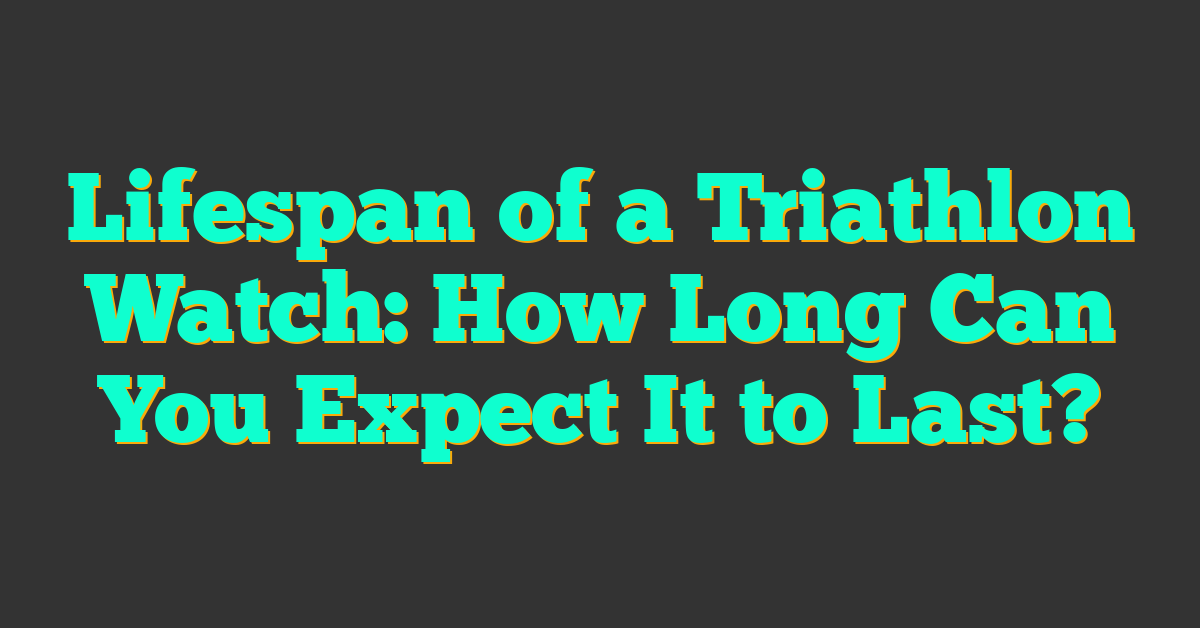Training for a triathlon is no small feat, and I’ve learned that fueling my body with the right carbohydrates is essential for peak performance. Whether it’s early morning workouts or long hours on the bike and run, maintaining energy levels can be challenging without proper nutrition.

I’ve experimented with various carb sources to discover which ones provide sustained energy and support my training goals. From whole grains to specialized sports gels, understanding the best carbs for triathlon energy has made a significant difference in my endurance and recovery.
In this article, I’ll share the top carbohydrate options that can help you power through your races and training sessions with confidence.
Understanding Triathlon Energy Demands
Triathlons combine swimming, cycling, and running, each requiring distinct energy strategies. I break down the energy needs for each discipline to optimize performance.
Swimming
Swimming demands a high level of aerobic endurance. It primarily uses glycogen stores and relies on steady carbohydrate intake to maintain energy levels during the swim segment.
Cycling
Cycling covers the longest distance and consumes the most calories. I focus on sustaining energy through complex carbohydrates, which provide a stable release of glucose for prolonged efforts on the bike.
Running
Running intensifies toward the end of the triathlon, requiring quick energy bursts. Simple carbohydrates become crucial here, offering rapid glucose replenishment to maintain speed and endurance during the final leg.
Total Energy Expenditure
Training and competing in a triathlon can burn between 8,000 to 12,000 calories. Balancing carbohydrate intake across all disciplines ensures sustained energy and efficient recovery.
Macronutrient Breakdown
| Discipline | Primary Energy Source | Carbohydrate Type |
|---|---|---|
| Swimming | Glycogen | Complex carbohydrates |
| Cycling | Glycogen and fat | Complex carbohydrates |
| Running | Glycogen | Simple carbohydrates |
Understanding these energy demands helps me tailor my carbohydrate intake to support each segment effectively, enhancing overall triathlon performance.
Types Of Carbohydrates
Understanding different carbohydrate types helps optimize triathlon performance. I categorize them into simple and complex carbohydrates.
Simple Carbohydrates
Simple carbohydrates provide quick energy essential for high-intensity efforts. Foods like glucose, fructose, and sucrose rapidly enter the bloodstream, fueling muscles during swimming and running. They are ideal for immediate energy needs and quick recovery post-exercise.
Complex Carbohydrates
Complex carbohydrates offer sustained energy for long-duration activities like cycling. Foods such as oats, brown rice, and whole grains break down slowly, maintaining stable blood sugar levels. Including these in your diet supports endurance and helps prevent energy crashes during extended training sessions.
Top Carbs For Triathlon Performance
Choosing the right carbohydrates maintains my energy levels throughout training and races. I rely on various carb sources to support each triathlon discipline.
Whole Grains
Whole grains supply complex carbohydrates that sustain energy during long cycling segments. Foods like oatmeal, brown rice, and quinoa stabilize blood sugar and prevent energy crashes.
Fruits And Vegetables
Fruits and vegetables provide both simple and complex carbs essential for quick and sustained energy. Bananas, berries, and sweet potatoes deliver the glucose needed for high-intensity efforts in swimming and running.
Energy Gels And Sports Drinks
Energy gels and sports drinks offer easily digestible carbohydrates for immediate energy boosts. Products containing glucose and fructose, such as popular sports gels and electrolyte-infused drinks, support endurance and hydration during races.
Timing Your Carb Intake
Properly timing your carbohydrate intake ensures sustained energy and optimal performance throughout each triathlon segment.
Pre-Race Nutrition
I consume a carb-rich meal 3-4 hours before the race. Opting for complex carbohydrates like oatmeal or whole grain bread maximizes glycogen stores. Including a small portion of protein aids digestion. For example, an oatmeal bowl with banana and a scoop of peanut butter provides sustained energy without causing gastrointestinal discomfort.
During The Race
I maintain energy levels by ingesting simple carbohydrates every 30-45 minutes. Using energy gels or sports drinks containing glucose and fructose replenishes glycogen and prevents fatigue. For instance, consuming an energy gel alongside water during cycling helps sustain my performance and keeps my muscles fueled.
Post-Race Recovery
« How to Repair a Triathlon Bike Flat: Easy Step-by-Step Guide
Essential Triathlon Gear for Beginner Women: Your Ultimate Starter Guide »
Immediately after finishing, I prioritize simple carbohydrates to quickly restore glycogen levels. Pairing them with protein supports muscle repair. A smoothie with fruit and protein powder or a sports recovery drink are effective options. Consistent post-race nutrition accelerates my recovery and prepares my body for future training sessions.
Creating An Effective Carb Loading Plan
To enhance my triathlon performance, I start my carb loading plan 3-4 days before the race. Increasing my carbohydrate intake to 7-10 grams per kilogram of body weight ensures my glycogen stores are fully replenished. For a 70 kg athlete, this means consuming between 490 to 700 grams of carbohydrates daily.
Carbohydrate Sources:
I incorporate a mix of simple and complex carbohydrates to meet my energy needs:
- Whole Grains: Foods like oatmeal, brown rice, and whole wheat pasta provide sustained energy.
- Fruits: Bananas, berries, and oranges offer quick energy boosts and essential vitamins.
- Starchy Vegetables: Sweet potatoes and corn add variety and additional carbohydrates.
- Energy Bars and Gels: These provide easily digestible carbohydrates during the final days of carb loading.
Meal Planning:
Designing balanced meals helps me achieve my carb goals:
- Breakfast: A bowl of oatmeal topped with bananas and a drizzle of honey.
- Lunch: Whole wheat pasta with marinara sauce and a side of steamed vegetables.
- Dinner: Brown rice paired with grilled chicken and sweet potatoes.
- Snacks: Energy bars, dried fruits, and whole grain crackers.
Hydration:
Maintaining proper hydration is essential. I drink at least 8-10 glasses of water daily. Pairing carb-rich meals with sufficient fluids optimizes glycogen storage and prevents dehydration.
Monitoring and Adjusting:
If my training intensity or duration increases, I adjust my carbohydrate intake accordingly. Tracking my daily carb consumption using a nutrition app keeps me on target and allows necessary adjustments based on my body’s needs.
Sample Carb Loading Schedule:
| Day | Carb Intake (grams/kg) | Example Foods |
|---|---|---|
| Day 1-3 | 7-10 | Oatmeal, whole grain bread, bananas |
| Race Day | Maintain high carb intake | Energy gels, sports drinks, pasta |
Implementing these steps ensures my body has the necessary energy reserves to perform optimally during the triathlon.
Conclusion
Finding the right carbs has made a huge difference in my triathlon training. By balancing simple and complex carbohydrates, I’ve kept my energy levels steady and recovered faster after intense sessions. Carb loading before races ensures I’m fully fueled and ready to perform my best. Everyone’s body responds differently so it might take some experimenting to find what works for you. Embrace the journey of optimizing your nutrition and watch your performance soar. Here’s to powering through those swim bike and run with the right fuel!










